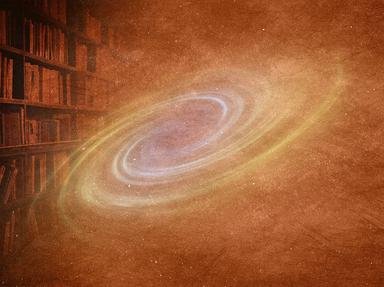Quiz Answer Key and Fun Facts
1. Different ancient civilizations had varying ideas at what lay in the center of the disk that Flat Earthers advocate. An Iraqi tablet from 1000 B.C. showed which land as their center?
2. Ancient cultures thought of the Earth as flat, but who is noted as being the first to conceive of a spherically-shaped Earth?
3. It wasn't until three centuries after the initial spherical Earth proposal took shape (no pun intended) that it gained widespread acceptance in the scientific community. Which third century BCE Greek astronomer and mathematician led the way?
4. Greek philosopher Anaximander (610-546 BCE) had what notion of the shape of the Earth?
5. What sort of geometric figure would the concept of a Flat Earth be most akin to?
6. In the medieval Islamic world, who was Al-Biruni (973-1048 CE)?
7. Christopher Columbus's 1492 voyage was an attempt to prove that the Earth is round.
8. According to Christopher Cullen's "A Chinese Eratosthenes of the Flat Earth: A Study of a Fragment of Cosmology in Huai Nan tzu" (1976), in China the Earth was described as flat and what shape until the 17th century, when Western science revealed evidence of our planet's spherical shape?
9. When a Flat Earth theory was revived in the late 19th and early 20th century, the believers adhered to what sort of approach instead of the traditional scientific approach?
10. Although modern "societies" or "organizations" that fostered a belief in a flat Earth have been around prior to the 20th century, a new one was formed in the 1950s by the writer Samuel Shenton who called it what?
Source: Author
Billkozy
This quiz was reviewed by FunTrivia editor
rossian before going online.
Any errors found in FunTrivia content are routinely corrected through our feedback system.
